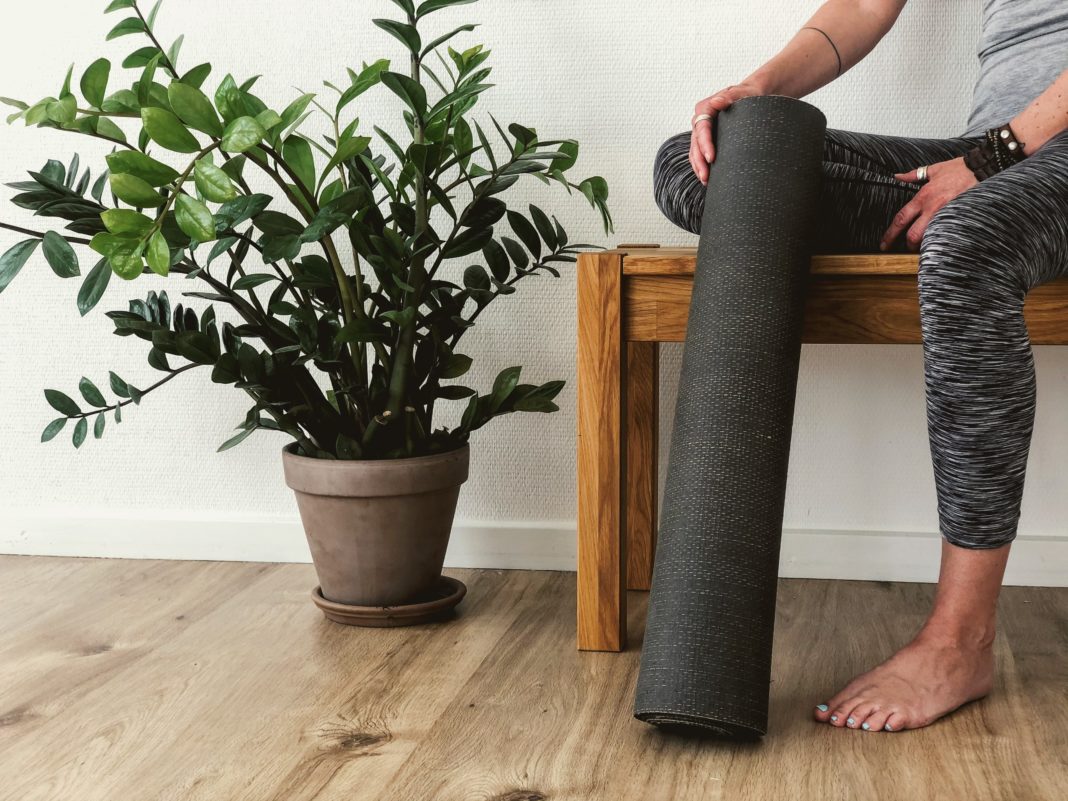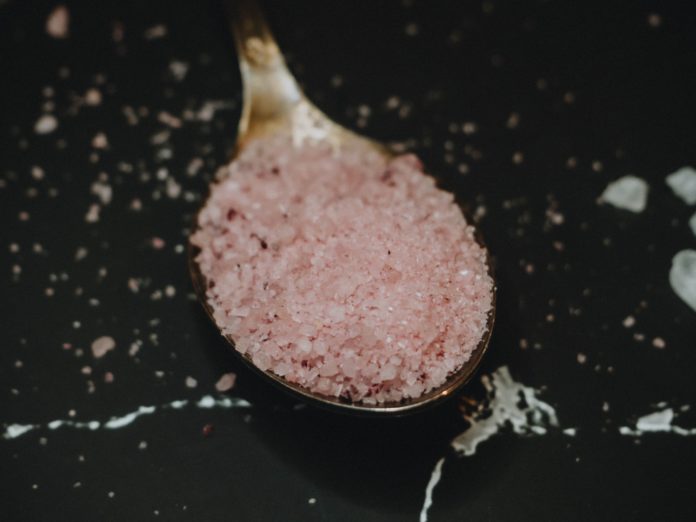We have a treat for you today! A 3-minute party trick guaranteed to blow the minds of 90% of people. For years, I’ve begun every sports mobility class with this one move, and it turned skeptics into regulars.
Please try this – it’s worth it!
- Scoot to the edge of your chair and cross your arms over your chest.
- Without moving your back, tip your head back and notice what point on the ceiling you can see. This represents your current neck range of motion.
Got it? Good. Now let’s love on your feet. (It’s related, I promise.)
- Slide your feet out in front of you about 1 foot length. They should still be flat on the floor.
- Keeping your heels on the ground, flex your feet back towards you.
- Now keep your feet flexed and curl just your toes downward.
- Release and press your feet flat on the floor again.
- Repeat 5 times.

Done? Ok, moment of truth…
Cross your arms over your chest again and tip your head back. Can you see further?
Did this fancy footwork increase the range of motion in your neck? Woohoo!!
What the heck? What kind of voodoo magic is this?
What We Know
Every part of your body is held together by something called fascia.
What’s fascia? A connective tissue that “surrounds, interweaves and interpenetrates all organs, muscles, bones and nerve fibers.”¹
Fascia basically gives your body structure and connects it all together.
|
Fascia is found in every single muscle in your body, and it’s meant to slide and glide as you move. Over time, however, and especially if we don’t regularly move our muscles through all their ranges of motion, the fascia gets sticky and can form adhesions.² |
These fascial adhesions can cause pain, stiffness, loss of range of motion – as well as restricting flow of blood and lymph.
And these restrictions can have far-reaching effects…
Fascia has been described as a web interconnecting the body. If you tug on one corner of the web, it can shift the webbing clear on the other side of the body.
So if you have pain or stiffness in one part of your body, it could be caused (and helped!) by addressing the fascia in a completely different part of your body.²
That’s why stretching your foot muscles opens up your neck!
What We’re Still Learning
Shockingly, fascia was only defined in the last decade!
That means science still has lots of catching up to do. Based on what we know so far, the best way to care for your fascia seems to be myofascial release.
|
See, fascia doesn’t respond to stretching the way that muscles do. Fascia only seems to release in response to gentle pressure, over time. |
One of the most common forms of myofascial release is foam rolling (although most people are doing it wrong!) We’ve got some tips on this for you below.
There’s one other method for keeping your fascia healthy and happy: keep moving.
Until science catches up, remember there’s nothing better than being present in your own body and nourishing it with the movement it was made for.
The Bottom Line
Fascia covers every square inch of your body. When it’s placed under stress (repetitive movement, injury, exercise), or when it’s not moved enough, it can stiffen, leading to limited range of motion and eventually – pain.
Your body was meant to move. If you’re feeling regular soreness or sticky-ness, or things just don’t move as smoothly as they used to, try out some myofascial release techniques.
How do I get started?
| Toes In |
|
| Waist Deep |
|
| Full Immersion |
|





